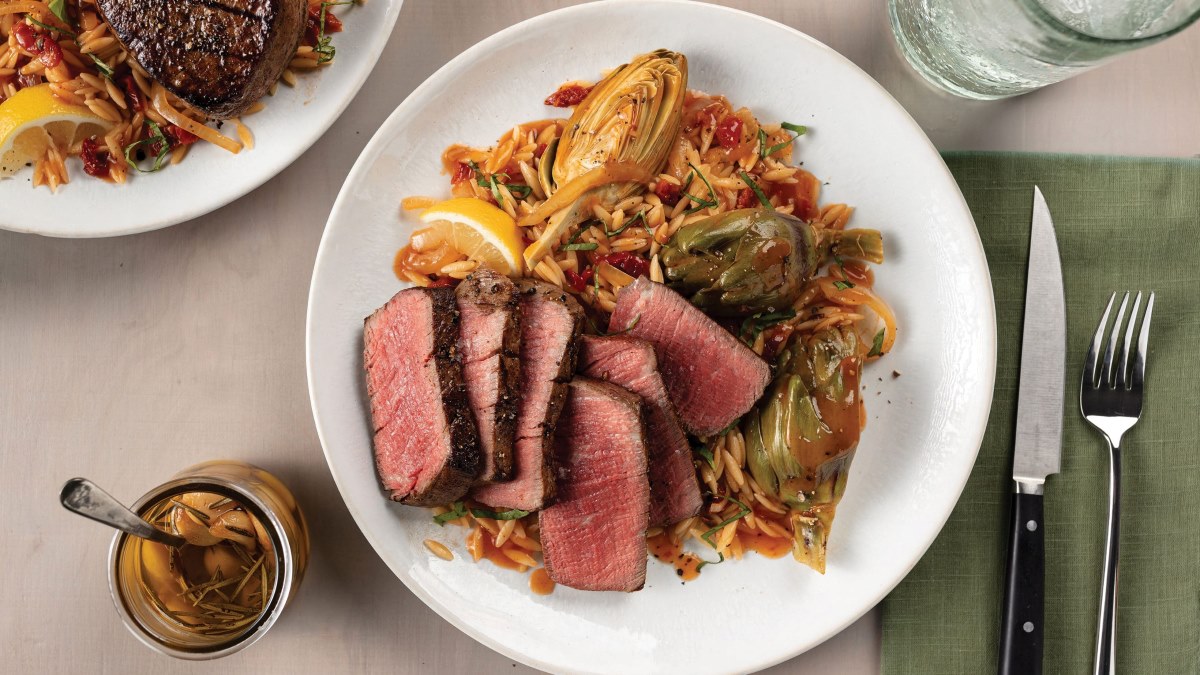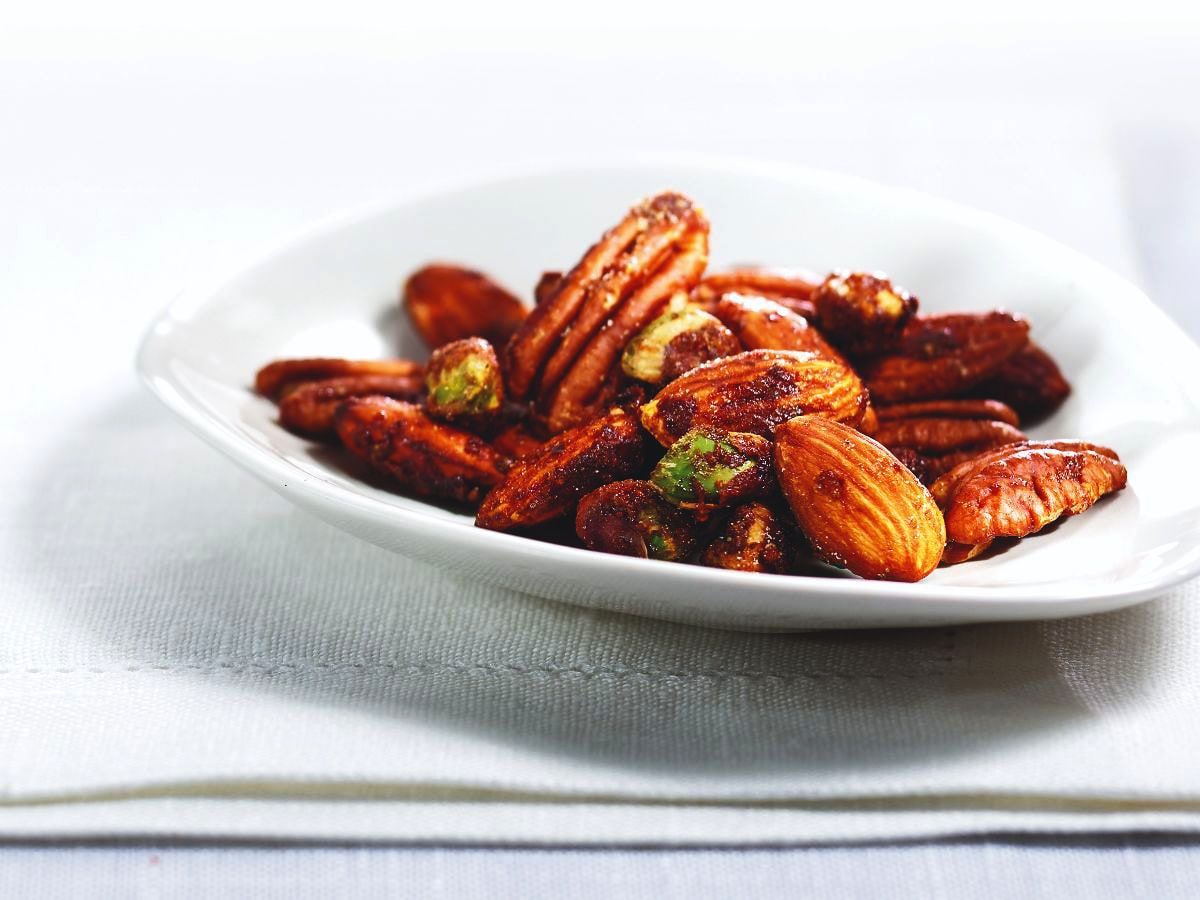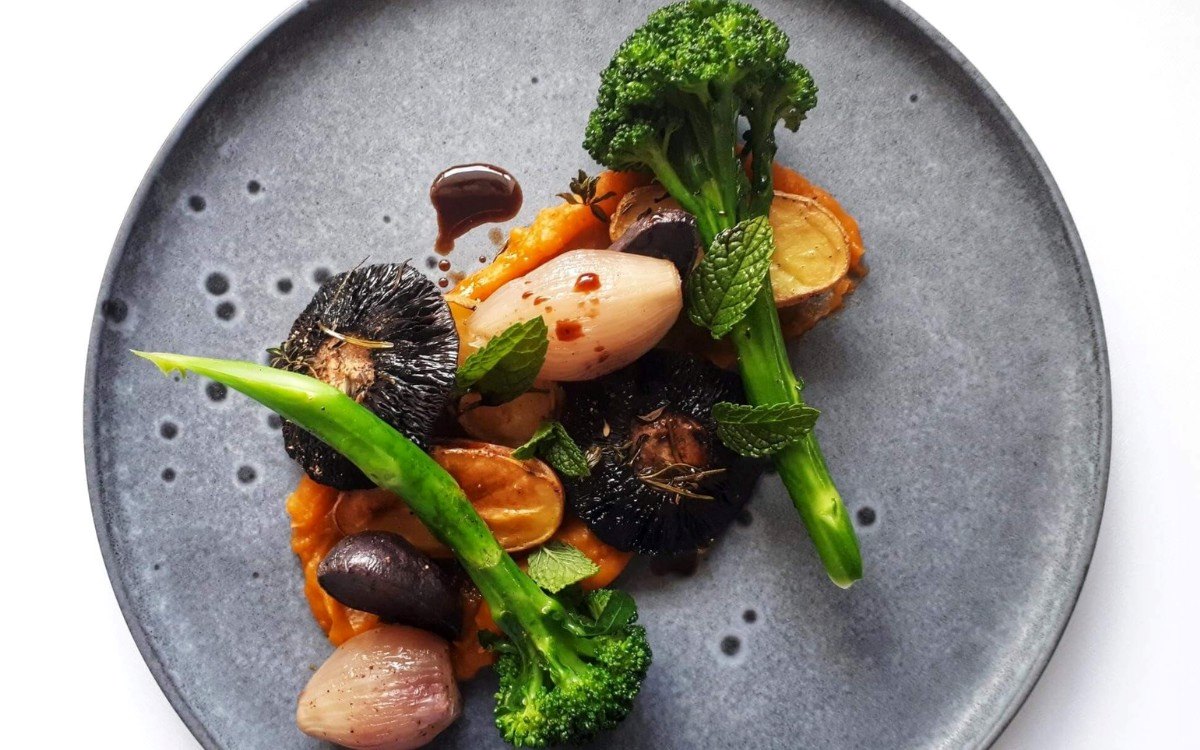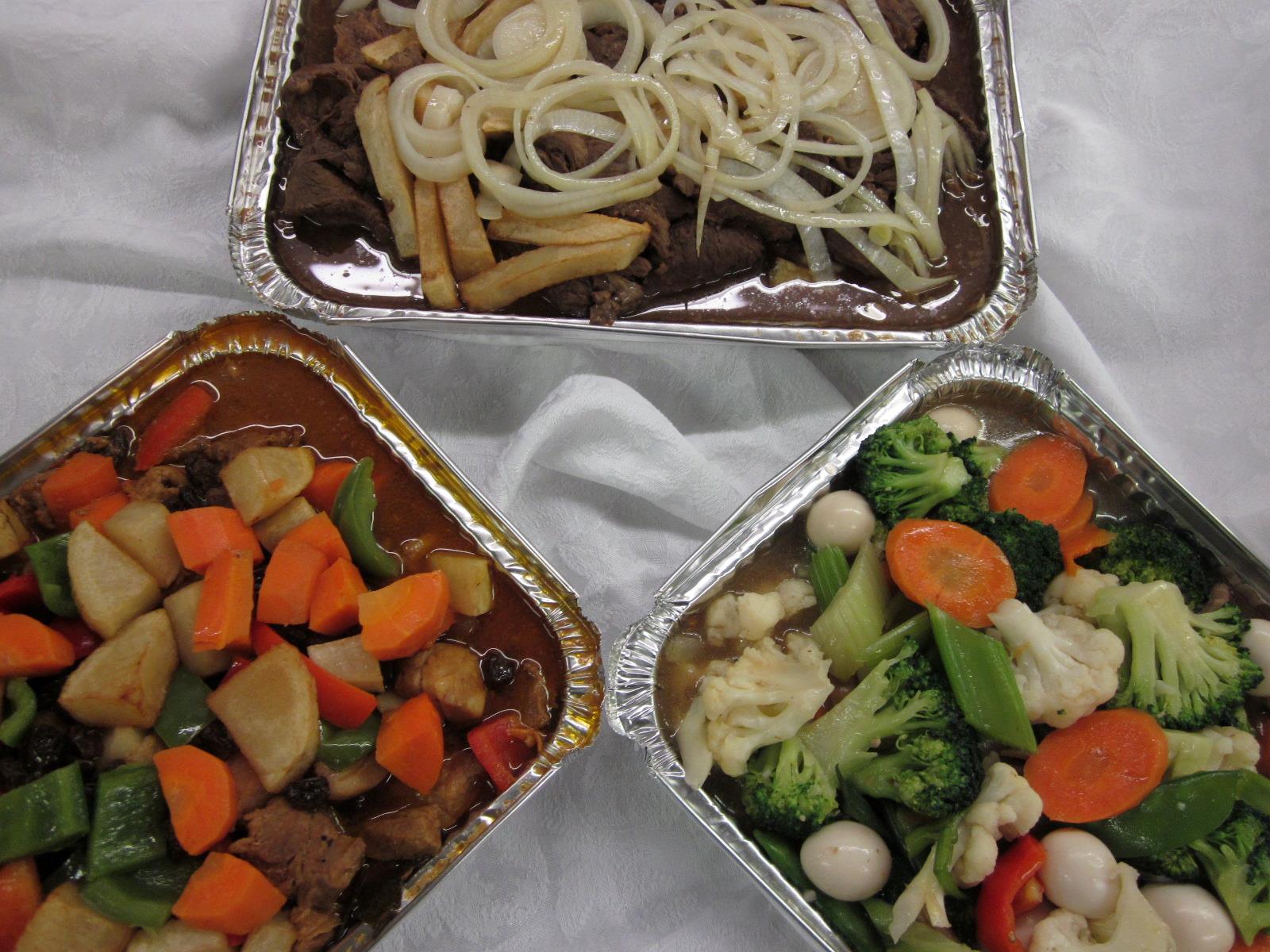Delicious and Easy: How to Confit Peaches
There’s nothing quite like the sweet, juicy flavor of a ripe peach. And when you confit peaches, you take that delicious flavor to a whole new level. Confitting is a cooking technique that involves slow-cooking food in fat at a low temperature, resulting in tender, flavorful results. If you’re looking to elevate your peach game, confit is the way to go. Here’s how you can do it at home:
Ingredients You’ll Need:
- 4 ripe peaches
- 1 cup of sugar
- 1 cup of water
- 1 vanilla bean
- 1 cinnamon stick
- 1 star anise
- 1/2 teaspoon of salt
Step 1: Prepare the Peaches
Start by blanching the peaches in boiling water for about 30 seconds, then transfer them to an ice water bath. This will make the skins easy to peel off. Once they’re peeled, cut the peaches in half and remove the pits.
Step 2: Make the Confit Mixture
In a saucepan, combine the sugar, water, vanilla bean, cinnamon stick, star anise, and salt. Bring the mixture to a simmer, stirring until the sugar is completely dissolved. Add the peach halves to the pan, making sure they are submerged in the liquid.
Step 3: Cook the Peaches
Place the saucepan over low heat and let the peaches simmer gently for about 20-25 minutes, or until they are tender but still hold their shape. Be sure to turn the peaches occasionally to ensure they cook evenly.
Step 4: Cool and Store
Once the peaches are cooked, remove them from the heat and let them cool in the syrup. Once cooled, you can store the peaches in an airtight container in the refrigerator for up to a week.
Ways to Enjoy Confit Peaches:
There are so many delicious ways to enjoy your confit peaches. Here are a few ideas to get you started:
- Serve them over vanilla ice cream for a simple yet elegant dessert.
- Pair them with a cheese board for a sweet and savory appetizer.
- Blend them into a smoothie for a refreshing treat.
- Top your morning oatmeal or yogurt with a spoonful of confit peaches.
Now that you know how to confit peaches, it’s time to get cooking! This simple yet impressive technique will take your peach game to the next level and impress your friends and family with your culinary skills. Enjoy!
Was this page helpful?
Read Next: How To Confit Almonds











